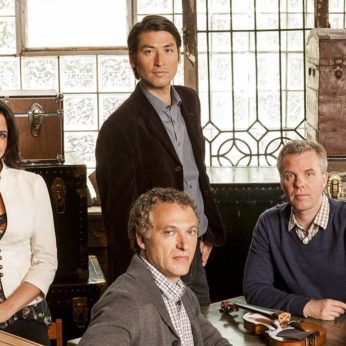The young Beethoven is one of the most under-rated of composers. If you listen to the Opus 18 quartets from the vantage point of the Razumovsky quartets, they will sound Haydnesque and Mozartean. However if you look a bit closer it would be difficult to fit any significant passage out of Opus 18 into any quartet by either Mozart or Haydn. The 30-year-old composer of Opus 18 was an assured young man with his own unique and expanding musical vocabulary. At the same time the set of six quartets was undoubtedly in emulation of his illustrious predecessors and it was clearly meant to be a significant step in his consciously fashioned career as a composer. The set was dedicated to Prince Franz Joseph von Lobkowitz, a Viennese nobleman slightly younger than Beethoven himself, a generous and genuinely music-loving patron, whose list of remarkable dedications was only exceeded by the Archduke Rudolph.
In one of history’s more pleasing ironies, Haydn embarked on what were to be his last quartets at the same time as Beethoven began his first. Haydn was in his late sixties and ran out of energy halfway through the third quartet (it would have been his sixty-eighth) and thus passed the baton to his erstwhile student. Haydn’s two completed quartets were also dedicated to the same aristocratic patron. Much of Beethoven’s set paid specific homage to Haydn and the opening Allegro of this B flat quartet is clearly Beethoven’s own version of his teacher’s crisp, good humour. Indeed Beethoven seems to be exploring the pleasures of simplicity for there is nothing complex about this movement. The conversational exchanges between the first violin and cello, later first and second violins are so simple that their very ease becomes amusing and draws a smile from the listener. The second subject is equally straightforward though it does stray into darker harmonic regions.
The Adagio opens with a beguiling violin melody, whose rocking motion permeates the movement, while new countersubjects are floated in above and below it. This opening section is followed by a mysterious idea in the minor that reappears near the end in a glowing C major. The Scherzo is a lot less well-behaved than these opening movements with its disturbingly dislocated accents leaving the listener quite lost as to where the beat is falling. The miniature, capricious trio leads with a gambolling violin figure and closes with a startling minor key bridge back to the da capo.
What happens next is one of Beethoven’s strangest surprises, La Malinconia – Melancholy – slow music, full of harmonic mystery and alternating between the hushed and the assertive. This piece must be treated with the greatest possible delicacy urges the composer, who is surely seeking an answer to Mozart’s famous Dissonance. But as this most extraordinary of introductions grows, its seeming gentleness is consumed as the music ventures into the most distant conceivable keys and its innocence assumes a more menacing garb. Then quite suddenly its dark brooding dissolves into dance music only to return at the moment of greatest tension, more threatening than ever. When the dance tries to start again, it is quickly silenced and we seem doomed to be trapped in endless Melancholy, before a prestissimo leap finds the way to an untroubled conclusion.
